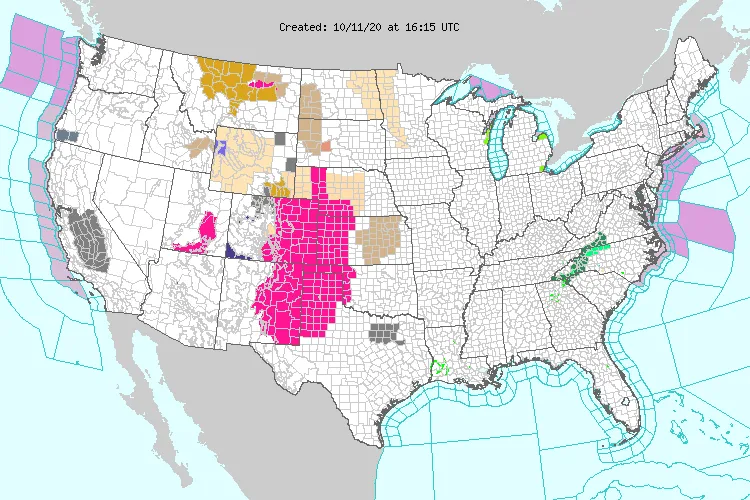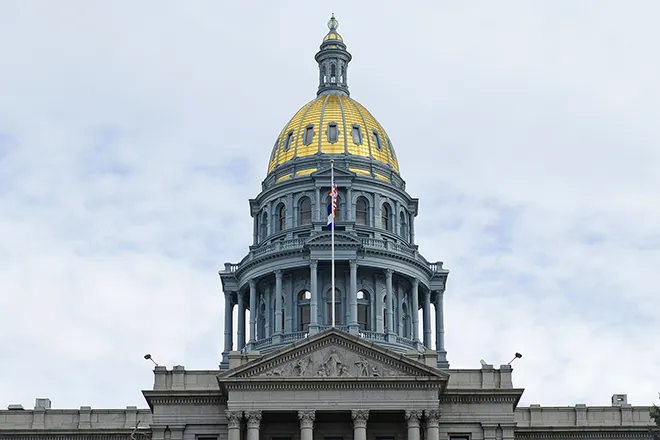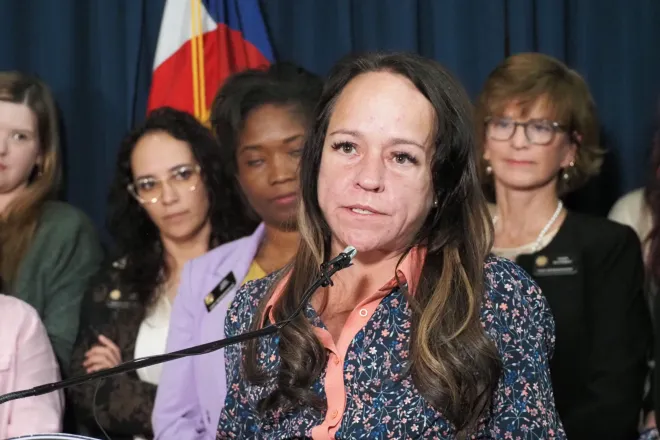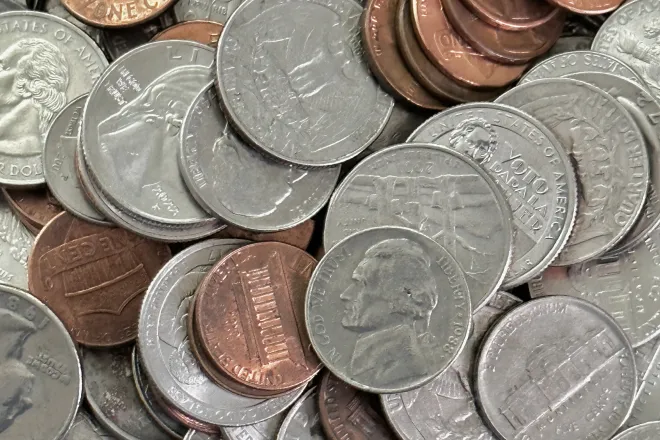
Oklahoma universities stand to lose millions if NIH funding cuts go through
Oklahoma’s research universities receive almost $10.5 million in funding for project-based research from the National Institutes of Health, but millions of these dollars are at risk under a new policy priority from the Trump administration.
Although currently blocked by a federal court, a policy from the Trump administration would limit research funding from the NIH for “indirect costs,” or overhead expenses, to 15 percent.
With 26 project-based grants, nearly $2.8 million of the funding allocated to Oklahoma’s research universities is for indirect costs and is at risk. That amounts to slightly more than a quarter of total funding.
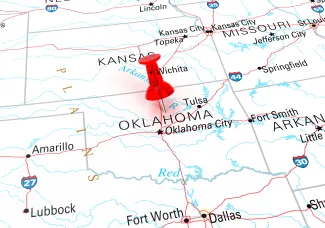
OU has about $9.2 million in NIH project-specific grants awarded for the 2025 fiscal year with over $5.7 million going to research at the health science center. Of this amount, about $1.5 million is for indirect costs for overhead costs, according to NIH records.
The projects funded at OU cover topics like cancer research and screening, immune system protection and expanding rural health care access.
OU President Joseph Harroz Jr. said the university is in active discussions with Oklahoma’s federal delegation and “proactively considering next steps” should the cuts go into effect.
“As we know, this change would severely impact institutions’ abilities to fund medical breakthroughs and novel therapies, as well as fulfill our educational mission of training and preparing the next generation of graduate students and student researchers,” Harroz said in a statement. “… The OU enterprise across our campuses is assessing budget implications and continues to be engaged and thoughtful about best ways forward. We are also working in collaboration with OU Health, as its patients’ access to our life-altering clinical trials may also be affected.”
OSU also has six research NIH-funded projects, totaling almost $1.3 million. About $405,000 of this funding is for indirect, overhead costs, according to data from the NIH.
These research projects span topics ranging from the ways viruses spread to understanding the causes of certain lung diseases.

© Manjurul - iStock-1131003688
“If these cuts were to go into effect and stay in effect over the next 5 to 6 years, OSU would not be reimbursed by NIH for more than $15 million in infrastructure investments already made to advance research undertaken on behalf of NIH,” an OSU spokesperson said in a statement.
Two other Oklahoma research institutions also receive NIH funding for various medical research projects. These organizations are not higher education institutions or related to the Oklahoma State Regents for Higher Education.
The Oklahoma Medical Research Foundation has 11 awards for biomedical research totaling $5.6 million. Just over $2 million of this is for indirect costs.
The Laureate Institute for Brain Research was awarded $1.8 million by NIH for six projects and almost 30 percent of this is for indirect costs.
Oklahoma’s public colleges and universities are expected to receive over $100 million in NIH funding in the current fiscal year, said Angela Caddell, a spokesperson for the State Regents. The financial impact will depend on the level of cuts to funding, she said.
The indirect costs for NIH grants is what is most at risk, and the impact will vary by amount based on institution and grant program, she said.
The state’s flagship schools have the greatest amount of NIH funding included in their budgets.
For the current fiscal year, the OU system has over $73 million of its budget sourced from NIH, according to the State Regents.
Of this amount, nearly $60 million is for the OU Health Sciences Center.
At OSU, the university system has $24.5 million from NIH in its fiscal year 2025 funding according to the State Regents. This includes $10.4 million, which is split among the Oklahoma Agricultural Experiment Station, the College of Veterinary Medicine and the Center for Health Sciences.
Oklahoma Voice is part of States Newsroom, a nonprofit news network supported by grants and a coalition of donors as a 501c(3) public charity. Oklahoma Voice maintains editorial independence. Contact Editor Janelle Stecklein for questions: info@oklahomavoice.com.


